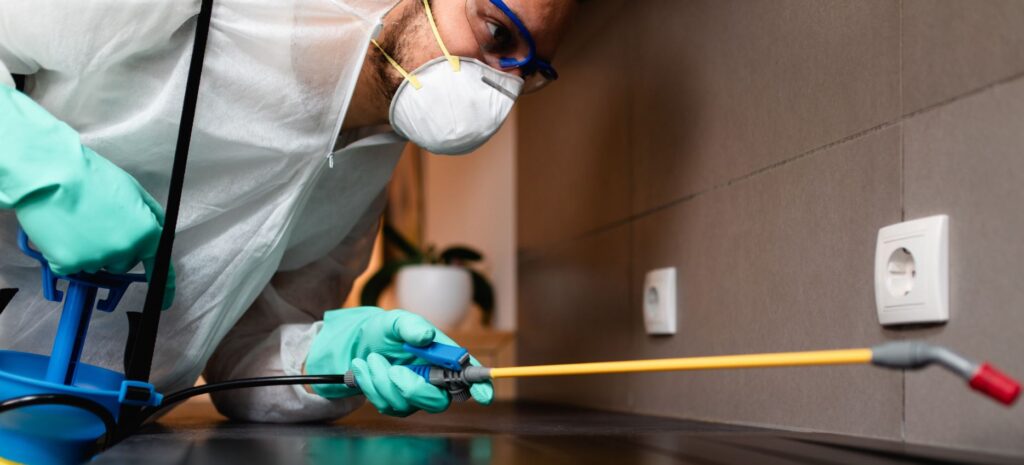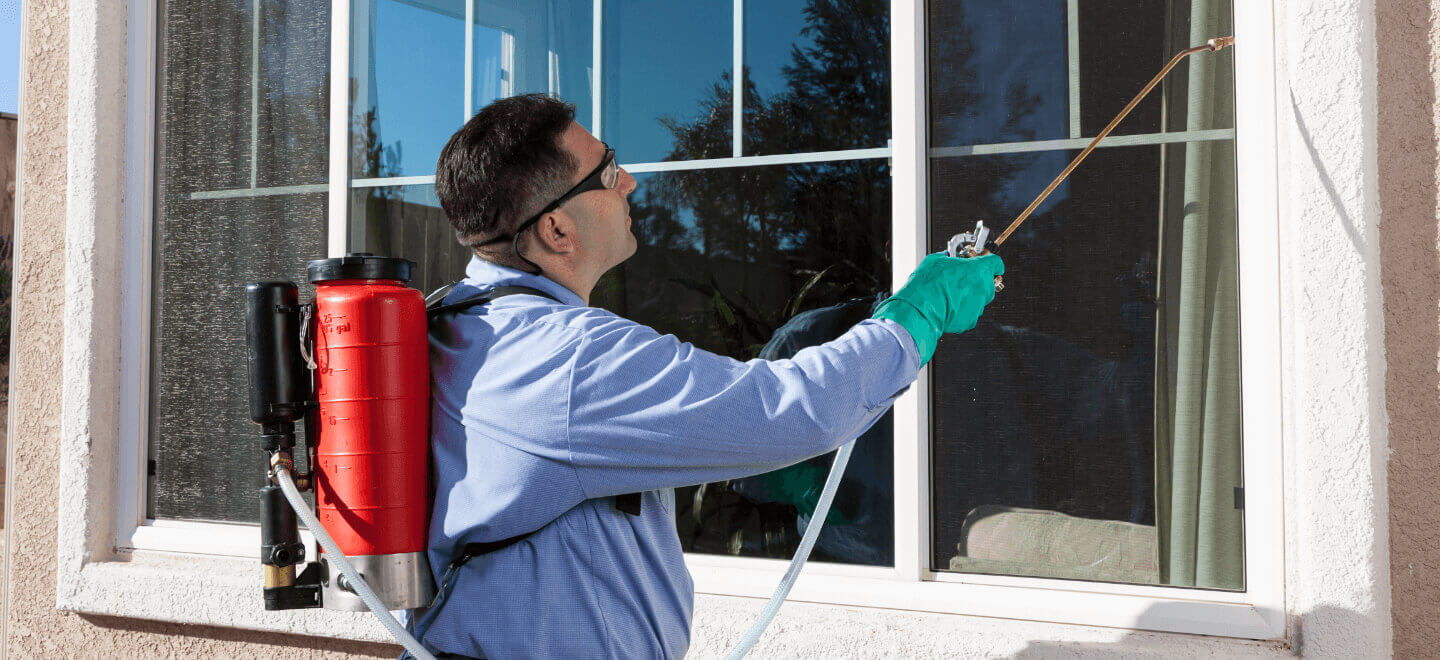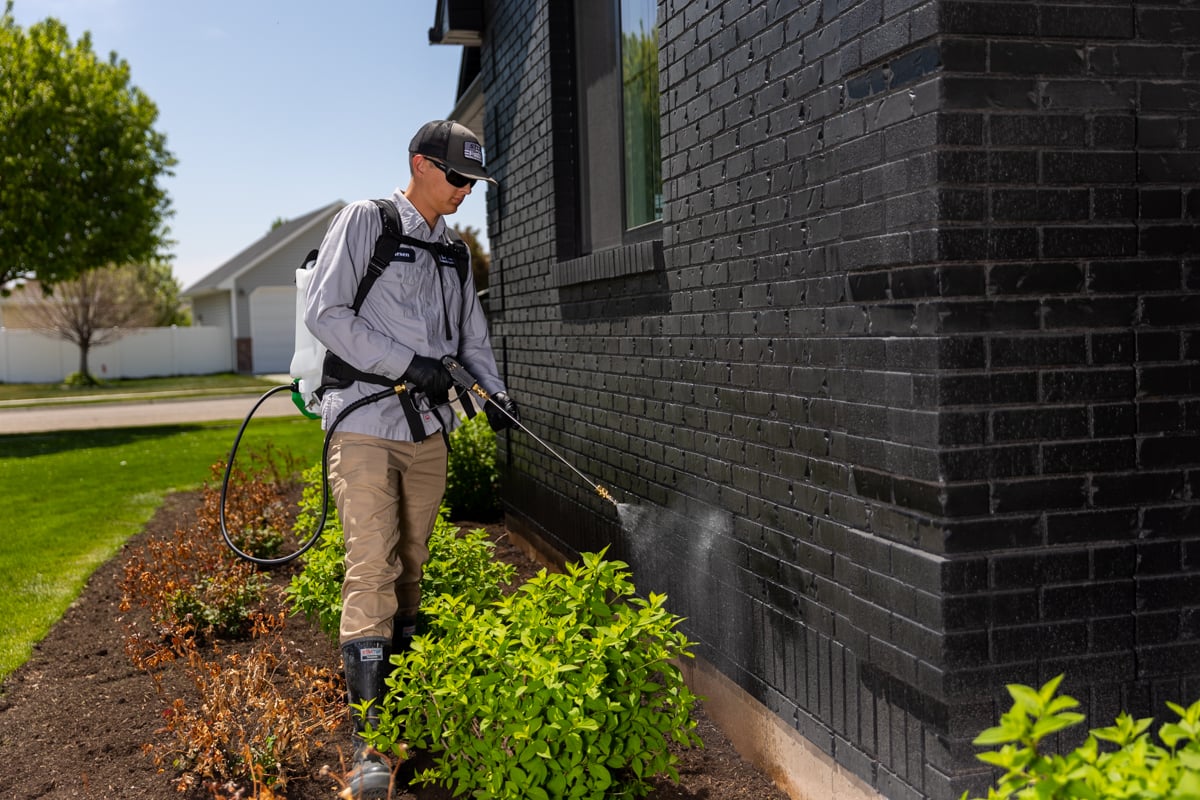Safe and Trusted Parasite Control for Lasting Defense
The relevance of trustworthy and safe parasite control can not be overstated, especially in an age where ecological worries are extremely important. Efficient insect administration needs a diverse method that stabilizes eco-friendly honesty with the requirement for efficient parasite suppression. By discovering eco-friendly solutions and integrated insect monitoring methods, homeowners can accomplish long-term protection versus invasive species while guarding beneficial communities. However, the subtleties of these approaches may not be instantly clear, triggering a more detailed evaluation of the practices that can lead to sustainable bug control outcomes. What steps can be taken to make certain both safety and effectiveness in bug administration?
Recognizing Insect Control Approaches
Parasite control encompasses a variety of approaches targeted at managing and getting rid of undesirable bugs and rodents that can endanger both health and home. Comprehending these methods is crucial for efficient insect monitoring.
The primary categories of insect control techniques consist of mechanical, biological, and chemical techniques. Mechanical techniques include physical barriers and catches to prevent pest entry and capture unwanted varieties. Making use of screens on windows or employing sticky catches can significantly reduce bug populaces without introducing hazardous compounds - exterminator coquitlam.

Chemical parasite control is frequently the most identified approach, making use of pesticides to eliminate pests. These chemicals can be effective but should be used with care to prevent unfavorable results on non-target species and the atmosphere.
Benefits of Eco-Friendly Solutions
Exactly how can green remedies transform pest control methods? The adoption of green pest control methods uses countless advantages, significantly enhancing the performance and safety of insect administration.

One more benefit is the positive impact on regional biodiversity. Environment-friendly options are created to target specific bugs while preserving useful insects and wild animals, advertising a balanced community. This technique straightens with the expanding consumer need for sustainable techniques, boosting the track record of pest control service providers.
Integrated Insect Monitoring Techniques
The implementation of eco-friendly solutions naturally results in the adoption of Integrated Bug Management (IPM) approaches, which even more boost parasite control efficacy. IPM is an alternative strategy that incorporates several tactics to manage pest populaces while minimizing environmental impact. This strategy highlights making use of organic, social, mechanical, and chemical controls, making certain a well balanced and lasting approach of parasite management.
One basic element of IPM is the detailed analysis read of parasite activity and environmental problems. By keeping an eye on insect populations and determining their life cycles, professionals can apply targeted treatments that disrupt the parasite's environment or lifecycle, decreasing reliance on chemical pesticides. In addition, cultural practices such as plant rotation and habitat control can considerably diminish parasite facility and reproduction.
Another essential element is making use of organic control representatives, such as helpful bugs or microbes, which can normally reduce pest populations. When chemical applications are needed, IPM prioritizes the usage of low-risk chemicals and applies them uniquely, reducing direct exposure to non-target organisms and people.
Including IPM approaches not only improves insect control performance but also promotes a much safer ecosystem, straightening with the expanding demand for lasting techniques in bug management.
Safe Practices for House Owners
Understanding the importance of risk-free techniques in pest control can empower house owners to effectively handle bug concerns while safeguarding their health and the environment. Applying safe methods and safety nets is essential in decreasing exposure to damaging chemicals.
Homeowners ought to first evaluate their atmosphere for conditions that attract pests, such as standing clutter, food, and water waste. Consistently cleansing and securing entrance points can deter pests from invading the home. Making use of natural deterrents, such as crucial oils or diatomaceous planet, can offer effective alternatives to chemical pesticides.
When chemical treatments are needed, house owners must choose for products that are especially identified as risk-free for household usage. It is vital to follow application guidelines meticulously to stay clear of overexposure. Moreover, using targeted therapies in locations where parasites are determined, instead of blanket spraying, can considerably reduce chemical usage.
Last but not least, preserving open interaction with insect control specialists is essential. Property owners must ask about the safety and security of items used and demand environmentally friendly options whenever possible. By taking on these safe practices, property owners can develop a healthier living setting while effectively handling parasite concerns.

Tips for Long-Term Security
Developing a pest administration technique that highlights lasting protection can greatly improve the performance of the safe techniques formerly reviewed. To achieve this, article property owners must apply normal evaluations of their residential property, concentrating on hidden areas such as attics, cellars, and crawl rooms. Early detection of parasite activity is critical in preventing infestations from holding.
These practices lower attractants that attract bugs right into the home. Sealing entry factors, such as fractures around doors and windows, can effectively obstruct possible pest access.
Landscape design must likewise be taken into consideration; maintaining plants trimmed and maintaining a range between vegetation and the home lessens concealing areas for pests. Making use of all-natural deterrents, such as crucial oils or diatomaceous planet, can additionally inhibit invasions without resorting to harsh chemicals.
Finally, collaborating with a specialist parasite control service for routine assessments can provide an extra layer of protection. These professionals can supply tailored recommendations and progressed treatments, making sure that your home continues to be safeguarded versus insects in the long-term.
Conclusion
Finally, reliable and safe bug control requires a diverse method that stresses environment-friendly approaches and integrated pest administration. By implementing all-natural deterrents, conducting regular inspections, and preserving correct sanitation, homeowner can considerably minimize parasite populaces while securing valuable insects and the setting. Collaboration with professional bug control services enhances the efficiency of these techniques, making certain customized options that give long-term security and assurance against future problems.
Reliable bug monitoring requires a multifaceted approach that balances ecological honesty with the demand for efficient bug suppression. The fostering of green pest control methods provides many advantages, considerably boosting the efficiency and safety of insect administration.The execution of eco-friendly solutions naturally leads to the adoption of Integrated Bug Management (IPM) methods, which additionally improve parasite control effectiveness. exterminator coquitlam. By keeping an eye on insect populaces and identifying their life cycles, practitioners can execute targeted interventions that interfere this link with the bug's habitat or lifecycle, minimizing reliance on chemical pesticides.In final thought, reliable and safe bug control needs a complex method that emphasizes environment-friendly approaches and incorporated bug administration